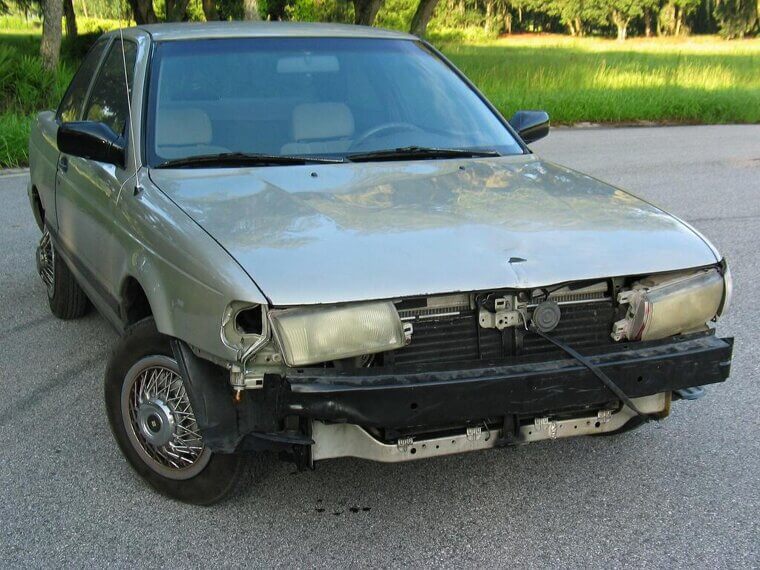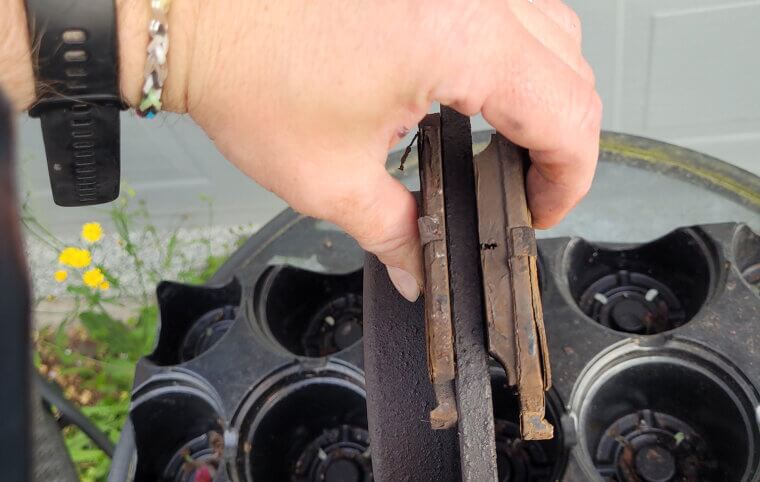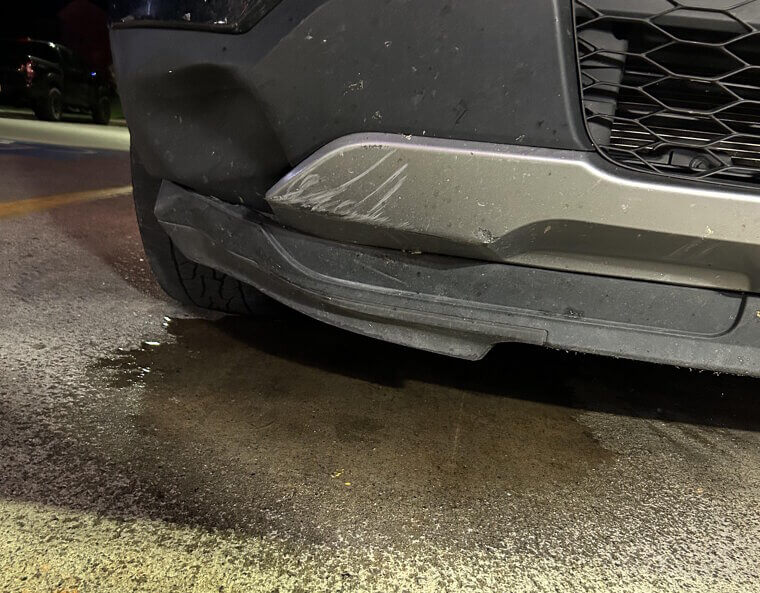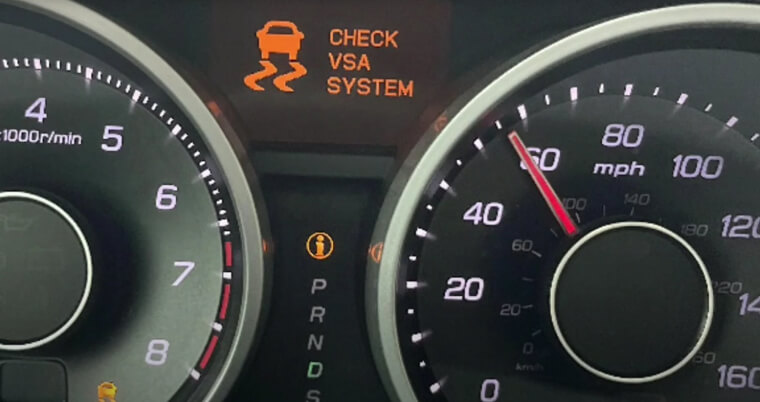Don’t Buy That Used Car Until You Read This
Buying used cars can be a great way to save money… or an easy path to a four-wheeled nightmare! Spotting red flags early can save you stress, time, and surprise repair bills. Shady sellers or mystery leaks? Here’s what you shouldn’t ignore when secondhand shopping.
Suspiciously Low Price
If it sounds too good to be true, it usually is! A deal far below market value could signal hidden damage, flood recovery, or title issues. Always compare prices and ask why it’s so low. If the seller dodges, rushes, or shrugs, consider that a big neon warning sign.
Visible Signs of Damage or Poor Repairs
Look closely: mismatched paint, uneven panel gaps, or sloppy welds could mean past collisions. Check for rust, bubbling under paint, and poorly aligned body parts. These signs suggest the car may have been patched up cheaply (or just covered up to look good long enough to make the sale).
Unusual Wear and Tear
Excessively worn pedals, faded upholstery, or cracked steering wheels on low-mileage cars can suggest odometer tampering. Interior wear should match the mileage; if a car supposedly has 40,000 miles but looks like it’s seen a war zone, be skeptical. Either the car’s been through a lot, or the truth’s been edited.
Fluid Leaks
Puddles under the car? Big red flag. Oil, coolant, transmission, or brake fluid leaks can signal serious (and expensive) problems. Check the engine bay and undercarriage after a test drive; even small leaks can lead to big issues, so don’t let a “that’s normal” from the seller fool you.
Check Engine Light and Other Warning Indicators
A glowing dashboard is never a good sign! If the check engine light (or any warning light) is on, you’ll need to know why. Request a diagnostic scan; some sellers even disconnect the battery to hide codes temporarily. If a light comes on during your test drive, don’t ignore it.
Test Drive Experience
The test drive should feel smooth and uneventful, not like you’re piloting a stubborn mule. Jerky shifts, sluggish acceleration, poor braking, or drifting alignment are all bad omens. Listen to how it drives, how it feels, and trust your gut. A weird test drive is often a sneak peek at future repair bills.
Odd Noises and Vibrations
Grinding, whining, squealing, knocking… if the car’s soundtrack makes you wince, pay attention. These noises might point to brake, suspension, engine, or transmission trouble. Vibrations through the wheel or seat aren’t “quirks” - they’re whispers from something failing underneath. No car should sound haunted when it starts.
Inconsistent or Missing Paperwork
A clean car comes with clean documentation. Missing maintenance records, multiple title changes in a short span, or vague answers about history are all red flags. The more complete the paperwork, the better. If the seller shrugs and says “it’s all good,” assume it isn’t.
Title Issues
A salvage or rebuilt title means the car’s been through something serious - accident, flood, or theft. These vehicles may be fine now, but resale value and insurance coverage often take a hit. Double-check the title history using a service like Carfax or AutoCheck. If the title is missing, walk away quickly.
Sketchy Seller Behavior
Shady sellers give shady deals! If they dodge questions, won’t let you get an independent inspection, or want to rush the sale, that’s your cue to hit the brakes. Trustworthy sellers are transparent, patient, and willing to work with you. If they feel slippery, assume the car might be too.











